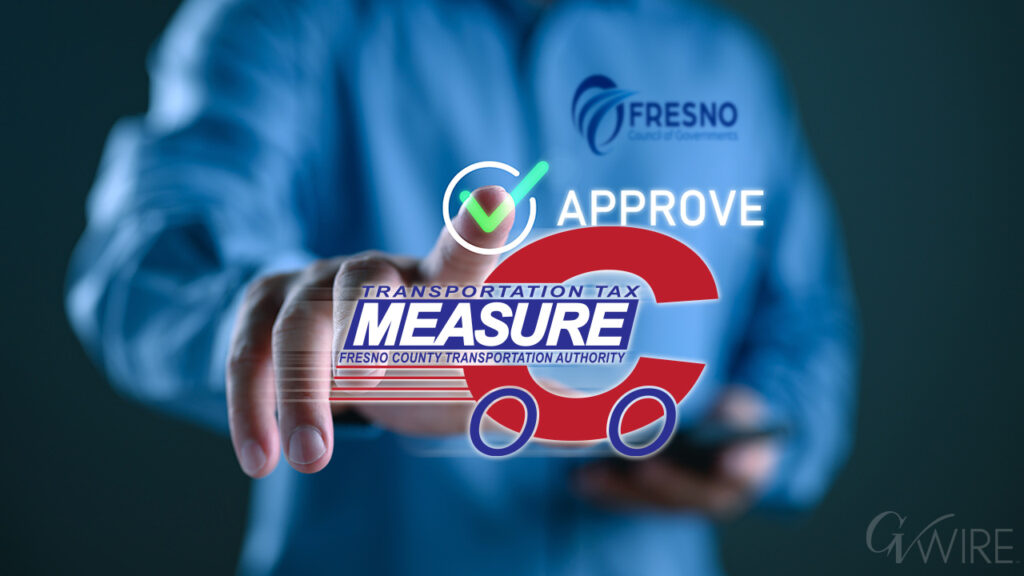There Is No Line for Many Immigrants Who Want to Come Here Legally. We’ve Got to Fix Our System. (Dave Bowers/The New York Times)

- Jorge Loweree argues that the U.S. immigration system is overly complex and restrictive, making it nearly impossible for most people to immigrate legally.
- He emphasizes the need for a fairer and more efficient system that reflects America's values and addresses labor needs.
- Loweree highlights the inaction of Congress since 1990 and contrasts the immigration policies of Trump and Biden, advocating for more legal pathways and reforms.
Share
|
Getting your Trinity Audio player ready...
|
Opinion by Jorge Loweree on August 14, 2024.
IMMIGRANTS WHO WISH TO COME TO AMERICA IN SEARCH OF A BETTER LIFE DESERVE A FAIR SHOT.
During the Republican National Convention, speakers repeatedly tried to draw a contrast between asylum seekers who’ve crossed the southern border in recent years and immigrants who’ve entered the country through other channels. As Vivek Ramaswamy put it, legal immigrants like his parents “deserve the opportunity to secure a better life for your children in America.” Others deserve deportation, “because you broke the law.”
Elected leaders like to invoke this narrative that there’s an easy, “right” and a hard, “wrong” way to immigrate to the United States, because it makes the solution for fixing our broken immigration system seem simple. We just need more law-abiding people to get in the right line.
But the reality that is all too clear to immigrants navigating our byzantine system, and the lawyers and advocates who try to help them, is that there is no line to get into for a vast majority of people who wish to come to the United States. If the government is serious about securing the border, we have to make it easier for people to come through legal channels.
Our system of legal immigration isn’t set up to reward “good” choices. It is littered with arbitrary caps, bureaucratic delays and redundant processes that wring years of effort and money out of the precious few who qualify.
Related Story: Presented With Rise in Border Crossings, Kamala Harris Chose a Long-Term ...
System in Favor to Those With Family Ties
The current system is largely designed to favor those who have family ties here: namely, spouses, parents and adult children who are U.S. citizens and spouses and children of lawful permanent residents.
Those without close family ties may be able to apply for employment visas, but these are largely limited to those with specialized education and capped at 140,000 per year, a number that includes family members of sponsored workers.
There’s also a visa lottery program designed to increase the diversity of the immigrants coming to live in the United States. But in 2021 there were 11.8 million applicants vying for 55,000 visas allocated randomly. And then there are the 125,000 slots available through the refugee admissions program. For people seeking to immigrate to America to reunite with U.S.-citizen family members already here, the wait times are punishing because the backlogs are ludicrous.
Most U.S. citizens petitioning to reunite with adult children can expect a minimum wait of nine years. But for some nationalities, the wait is especially untenable: If someone applied this year to sponsor a sibling from Mexico, they’d be waiting in a line for easily 40 to 50 years.
People who have been offered a job in the United States can wait as long as two years, if not more, for their paperwork to be reviewed and approved. Once that process is complete, even highly educated applicants can face immigrant visa backlogs ranging from a couple of years to more than a century. According to the Bipartisan Policy Center, there are around 7.6 million people approved for or waiting for approval for green cards but who haven’t received them yet because of backlogs.
Related Story: Immigrants Are Becoming US Citizens at Fastest Clip in Years
Some people may get temporary permission to work in the United States while they wait for a visa to become available, but the demand is overwhelming. The H-1B visa lottery for skilled workers is so oversubscribed that this year, 470,000 applicants competed for just 85,000 slots.
Compounding the backlog is the ongoing fallout from Trump administration policies, which made an already restrictive process even more so. Under President Donald Trump, the United States denied a record number of visas, ground applications to a halt by asking for more arduous paperwork and temporarily prohibited almost every category of legal immigration. If he is elected to a second term, we can expect to see more global talent driven out of the country, students and workers left in limbo and trillions of dollars of lost G.D.P. gains thanks to green-card backlogs.
By contrast, a potential Harris administration could be an extension of the Biden administration, which has doubled down on border restrictions while opening additional legal pathways, improving processing times and reducing backlogs at U.S. Citizenship and Immigration Services and the Department of State and working to restore refugee resettlement efforts.
It hasn’t always been this way. The United States’ borders were relatively open until 1917, which means that many people are Americans today not because their ancestors diligently followed any procedure but just because they showed up. Even after that system changed, throughout the 20th century, Congress and the executive branch routinely pushed through amnesties that allowed people to regularize their status, and the immigration system was adjusted when needed. But since 1990, Congress has left the legal immigration system almost completely untouched.
Related Story: Harris Hopes a New Playbook Will Neutralize GOP Attacks on Immigration
Immigrants Deserve a Fair Shot
Whether it’s to escape persecution, to reunite with family or to work, immigrants who wish to come to the United States in search of a better life deserve a fair shot. And Americans deserve an immigration system that addresses the labor needs of U.S. businesses and upholds worker protections.
By building a fairer system that gives people more options to come through legal channels, contribute to our society and grow our economy, we stand to benefit immensely. Research shows that increased immigration helps boost the wages and create more jobs for U.S.-born workers.
About one in five entrepreneurs in the U.S. is an immigrant, employing millions of native-born Americans. They keep us fed and fill critical labor gaps as millions of baby boomers retire. These workers are the force behind much of our gig economy, driving our ride shares and delivering our food. The United States faces a projected shortage of up to 450,000 nurses by 2025 and 120,000 doctors by 2034, but immigrants are already stepping in to fill the gap. (In Ohio and Pennsylvania, about one in every four physicians is an immigrant.)
America should expand legal pathways to allow us to both fully benefit from the skills and talents that immigrants bring and help us restore order at the border by providing people with better options than relying on human smugglers. Under the Uniting for Ukraine program, 85,000 Ukrainians entered the country with a U.S. sponsor as of late 2022. When the Biden administration offered Venezuelans, Cubans, Haitians and Nicaraguans opportunities to come to the United States through humanitarian parole programs, it resulted in a decrease in illegal border crossings among these nationalities.
We should also explore ways to create new and more durable programs in partnership with state governments, to provide opportunities for immigrants to come to live and work in areas with acute labor needs.
Our politicians like to say the United States is a nation of laws. But to restore order and reduce illegality, we must create a functional and more generous system of legal immigration. It is critical if we truly want to create a system that reflects our collective values: fair, fast and just.
–
This article originally appeared in The New York Times.
Jorge Loweree/Dave Bowers
c. 2024 The New York Times Company



















